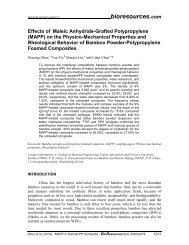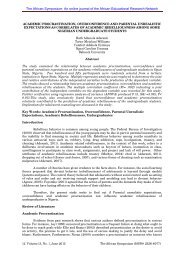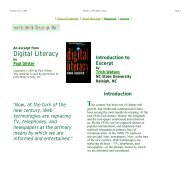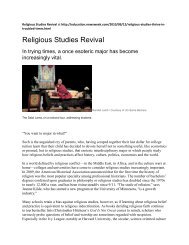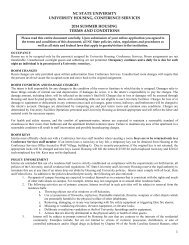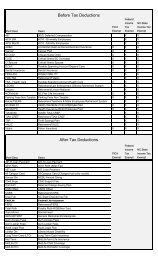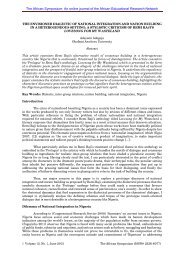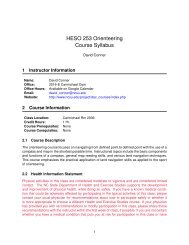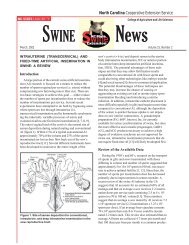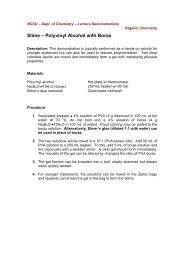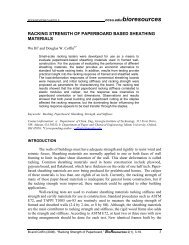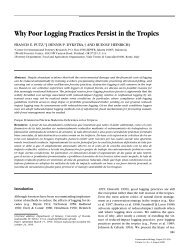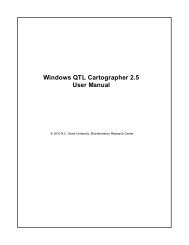Residential Rehabilitation, Remodeling and Universal Design
Residential Rehabilitation, Remodeling and Universal Design
Residential Rehabilitation, Remodeling and Universal Design
Create successful ePaper yourself
Turn your PDF publications into a flip-book with our unique Google optimized e-Paper software.
Key Features to Increase<br />
Function <strong>and</strong> Usability<br />
Over the next five years the NC Housing Finance Agency (NCHFA) <strong>and</strong> the NC Division<br />
of Community Assistance (NCDCA), will be working to rehabilitate hundreds<br />
of North Carolina homes using HOME Investment Partnership Program <strong>and</strong> Community<br />
Development Block Grant (CDBG) funds. Both agencies presently serve<br />
many families with older adults <strong>and</strong> people with disabilities. Each agency has<br />
affirmed its commitment to <strong>Universal</strong> <strong>Design</strong> where feasible.<br />
The 14-item Priority List on page 7 offers critical key features <strong>and</strong> elements to<br />
include in rehabilitation work when only a limited number of universal features<br />
are possible. The numbers in the “Priority” column indicate the importance of<br />
the feature. Incorporating as many features as possible in the Priority List is<br />
encouraged when significant rehabilitation or modifications are being considered<br />
for inaccessible housing currently occupied by an older adult or a person<br />
with a disability. Recognizing exact dimensions cannot always be provided, it<br />
is recommended a clear usable pathway be created to allow a person using a<br />
wheelchair (or someone with any mobility limitation) to safely enter <strong>and</strong> exit the<br />
dwelling <strong>and</strong> maneuver throughout the living spaces on the ground floor, including<br />
the bathroom.<br />
All features in the Priority List are structural <strong>and</strong> do not include such items<br />
as grab bars, easy-to-use lever faucets, <strong>and</strong> lever door hardware that can be<br />
added later at little cost. The goal of this document is to encourage the inclusion<br />
of universal features while substantial rehabilitation efforts are underway—<br />
changes that would be too costly to make later. A more comprehensive features<br />
list, provided at the end of this publication, should be reviewed to determine if<br />
additional universal elements could also be incorporated.<br />
Developed by the Center for <strong>Universal</strong> <strong>Design</strong> in collaboration with the Division<br />
of Vocational <strong>Rehabilitation</strong>, Independent Living Services, the final Priority List<br />
was reviewed <strong>and</strong> input was provided by potential users, including several North<br />
Carolina agencies undertaking rehabilitation. Each agency has its own guidance<br />
manual or construction specifications to assist with the applicability of these<br />
priorities.<br />
<strong>Residential</strong> <strong>Rehabilitation</strong>, <strong>Remodeling</strong> <strong>and</strong> <strong>Universal</strong> <strong>Design</strong>



